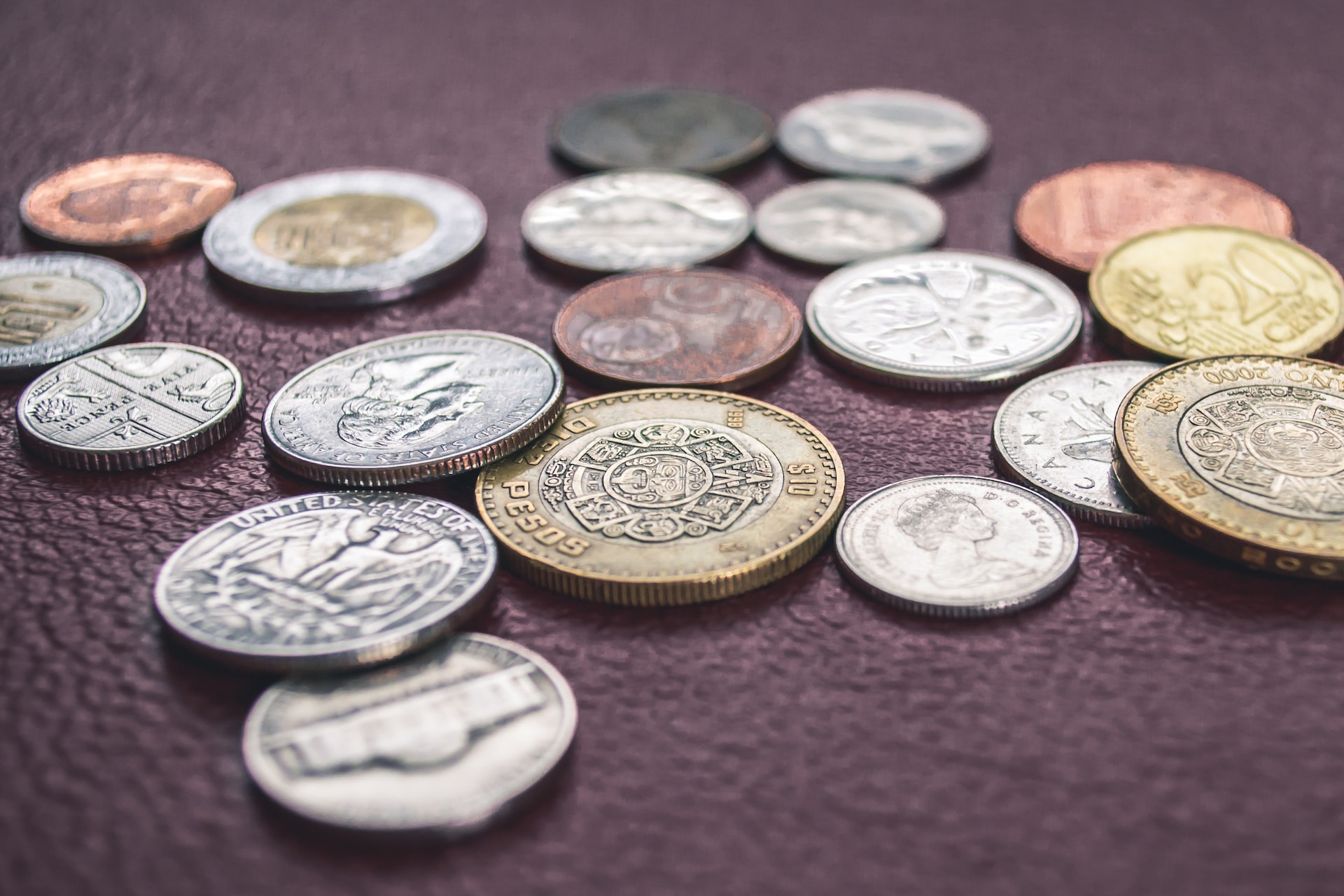Contents
Let’s learn about the business cycle
What is business cycle-In the fast-paced world of business and economics, understanding the business cycle is paramount. This comprehensive article will delve deep into the concept of the business cycle, its historical perspective, various phases, factors influencing it, and the critical economic indicators associated with it. By the end of this read, you’ll have a thorough understanding of this economic phenomenon and its significance.
Definition of the Business Cycle
The business cycle, often referred to as the economic cycle, is the recurrent pattern of growth and recession in the economy. It’s characterized by the expansion and contraction of economic activity, and it plays a pivotal role in shaping economic landscapes.
Importance of Understanding the Business Cycle
Why is understanding the business cycle so crucial? Well, it’s akin to having a weather forecast for the economy. Knowing which phase of the cycle we’re in helps individuals, businesses, and policymakers make informed decisions. It’s the compass that guides financial strategies, investments, and government policies.
Overview of Article Structure
This article is structured to provide you with a comprehensive view of the business cycle. We’ll start by exploring its historical roots before diving into its various phases, factors that influence it, and the economic indicators used to track its movements.
Historical Perspective
Origins of the Business Cycle Theory
The concept of the business cycle dates back centuries. Economists and scholars have long sought to understand the ebbs and flows of economies. From Jean-Baptiste Say to John Maynard Keynes, there’s a rich history of economic thought that has contributed to our understanding of the business cycle.
Early Theories and Models
Early theories and models, such as the classical theory and the Keynesian model, laid the groundwork for modern economic thought. These theories attempted to explain the causes and consequences of economic fluctuations.
Notable Economic Events Shaped by the Business Cycle
Throughout history, numerous significant events have been influenced by the business cycle. From the Great Depression to the 2008 financial crisis, understanding the cycle’s impact on these events is essential for preventing future economic disasters.
Phases of the Business Cycle
Expansion Phase
Characteristics
The expansion phase is marked by robust economic growth. During this phase, businesses thrive, employment rates rise, and consumer spending increases. It’s a period of optimism and prosperity.
Indicators
Key indicators of an expansion phase include rising GDP, declining unemployment rates, and increased consumer and business confidence.
Peak Phase
Characteristics
The peak phase is the pinnacle of economic growth. It’s a period when the economy reaches its maximum potential, but it also sets the stage for the next phase – contraction.
Indicators
Indicators of the peak phase include record-high stock markets, full employment, and excessive consumer spending.
Contraction Phase
Characteristics
The contraction phase, often referred to as a recession, is a challenging period for the economy. Economic activity slows down, businesses struggle, and unemployment rates increase.
Indicators
Key indicators of a contraction phase include declining GDP, rising unemployment rates, and reduced consumer spending.
Trough Phase
Characteristics
The trough phase is the bottom of the economic cycle. It’s a period of stagnation and economic hardship, but it also sets the stage for recovery.
Indicators
Indicators of the trough phase include low consumer and business confidence, stagnant or declining GDP, and high unemployment rates.
Factors Influencing the Business Cycle
Understanding the factors that influence the business cycle is essential for anticipating economic shifts and making informed decisions.
Economic Factors
Monetary Policy
Monetary policy, set by central banks, plays a critical role in the business cycle. Interest rates, money supply, and credit availability can influence economic activity.
Fiscal Policy
Government spending and taxation policies also impact the business cycle. Changes in government spending and tax rates can stimulate or dampen economic growth.
